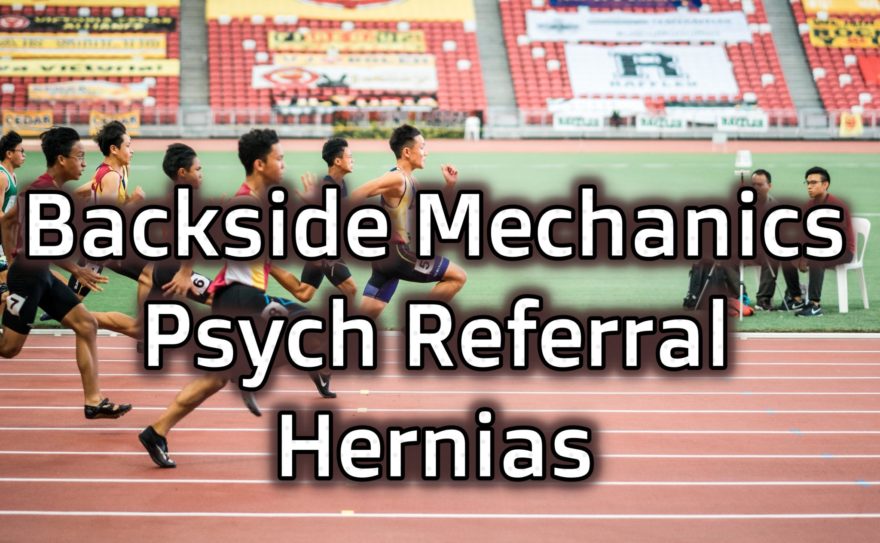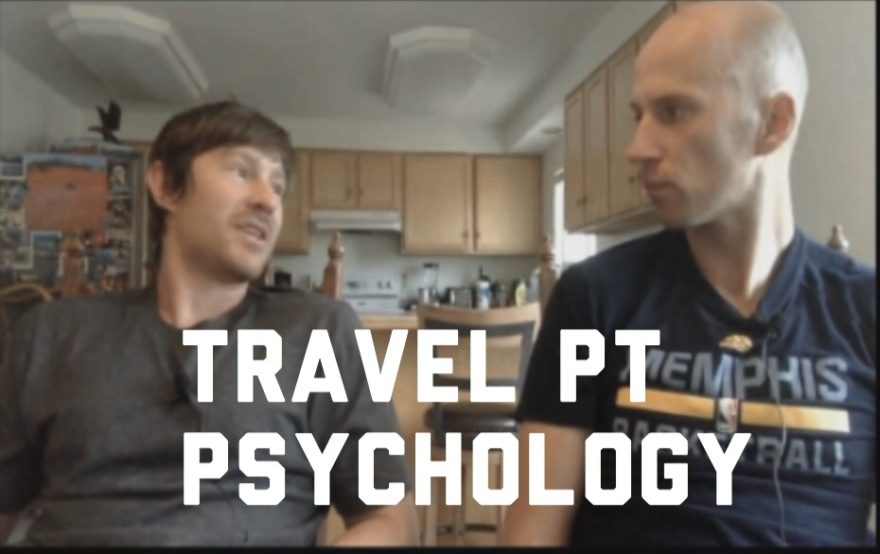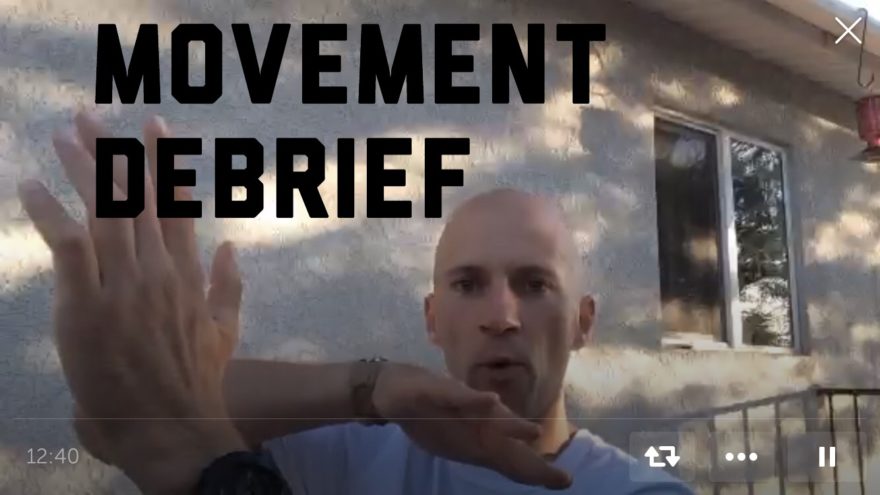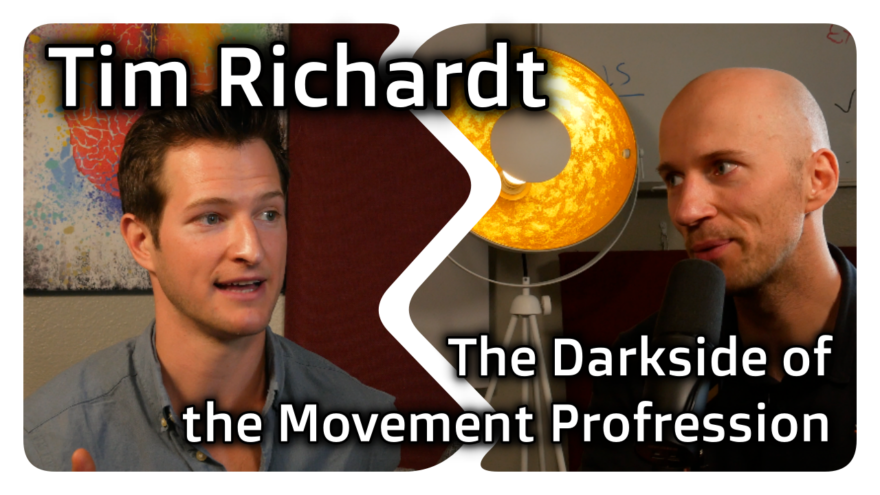Tag: psychology

Pregnancy, Pectus, and Bruxism – Movement Debrief Episode 106
Movement Debrief Episode 106 is in the books. Below is a copy of the video for your viewing pleasure, and…

Backside Mechanics, Psych Referral, and Hernias – Movement Debrief Episode 97
Movement Debrief Episode 97 is in the books. Below is a copy of the video for your viewing pleasure, and…

Why Are You Spending Time On A Warm-Up?
Note from Zac: Do you gloss over the warm-up? Do you think a warm-up simply serves to get the heart rate…

January 2019 Links and Review
Every week, my newsletter subscribers get links to some of the goodies that I’ve come across on the internets. Here…

The Guide to Travel Physical Therapy & Psychology – A Randy Bowling Movement Conversation
I recently had the pleasure of talking about all things travel PT and psychology with my dear friend, Randy “The…

Kinesiotape, Managing Performance Teams, and More – Movement Debrief Episode 14
Movement Debrief Episode 14 happened yesterday, and it was a good ol’ fashioned reader Q&A. Here’s what we talked about:…
Pain Language and other Jive Talk
To All My Clinicians in the Struggle I struggle with patients. Those patients that I am having trouble with are…

